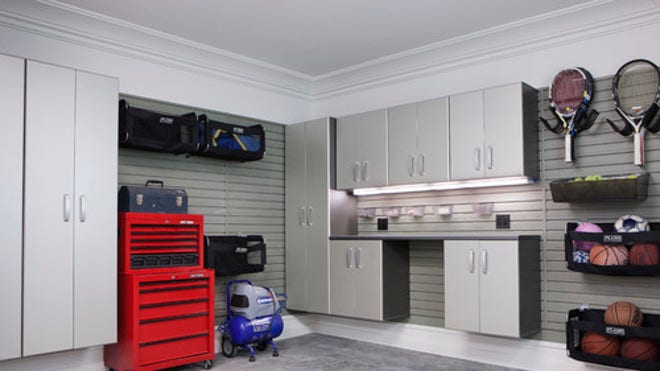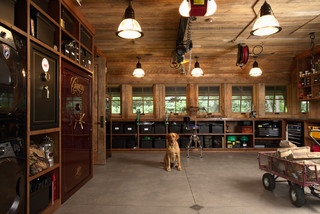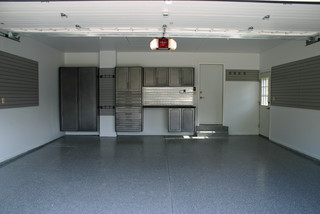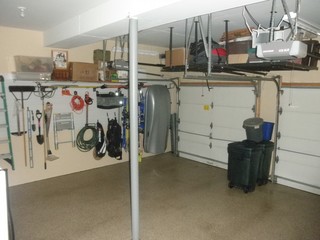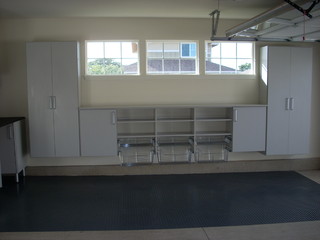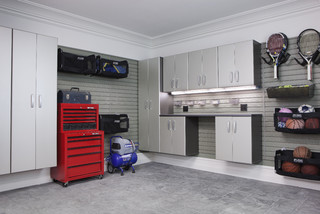 Wherever you look in the world, there are literally millions of
people attempting do-it-yourself on their home properties and investment
properties. If you know what you are doing, and you are confident in
your own ability, there is the potential to add significant value to
your property and make yourself some serious money. So, if DIY is so
easy why do so many people fail to see the increase in the value of
their property that they expected?
Wherever you look in the world, there are literally millions of
people attempting do-it-yourself on their home properties and investment
properties. If you know what you are doing, and you are confident in
your own ability, there is the potential to add significant value to
your property and make yourself some serious money. So, if DIY is so
easy why do so many people fail to see the increase in the value of
their property that they expected?There are many reasons why DIY does not work for everybody, it is not as easy as it looks, there are potential pitfalls and the bottom line is that you need to know exactly what you are doing. We will now take a look at some of the issues surrounding DIY and why you should only attempt it if you are confident in your ability.
Simple DIY is easy
There are many different levels of do-it-yourself taking in anything from painting to roofing, from electrics to fitting a new bathroom and many more in between. When it comes to very simple tasks such as painting and “tidying up” a property to assist with a potential sale then this is something which is not out of the reach of the vast majority of homeowners. You would be surprised to learn how big an impact a simple “tidy up” and repainting job can have on the saleability of your home – making your property more “easy on the eye”
Medium level DIY
We then move on to the medium risk DIY projects which take in the likes of flooring, replacing tiles, wallpapering and other similar tasks. On the surface, again, this type of project seems fairly simple but have you ever tried to lay flooring? Are you confident climbing ladders and replacing tiles? Are your wallpapering skills as good as you think they are?
When we move towards medium level DIY this is an area which can have a detrimental impact upon the value of your property, its saleability and can actually impact upon your finances. If you make a hash of replacing flooring, replacing tiles, wallpapering, etc then the likelihood is that you will need to call in the experts at some point at further expense. Indeed, if you have made a mess of your medium level DIY then it can actually cost more to put it right than it would have to bring in the experts from day one. Nothing is ever as simple as it seems where DIY is involved!
High level DIY
DIY projects such as installing gas equipment, rewiring your home, fixing new lights and fitting a new roof to name but a few are high-level DIY projects which require professional skills. There are many tasks in the DIY arena which experts would think twice about tackling unless they have specific focused skills in the relevant areas. Just because you can wire plug does not mean you can rewire your home, just because you can fit a few tiles does not mean you can fit a new roof. You also need to take into account the safety aspect, the fact that tackling electrical, gas and other challenging DIY activities can not only place you in danger but also those around you.
If you are looking at any level of DIY on your property you need to make sure you have the experience, the expertise and perhaps just as importantly, the right tools. Many people will make a success of their DIY projects, they may well add a significant amount of money to the value of their property but there are more people who make a mess of their DIY projects and end up paying more to get their mistakes corrected!
To order your copy of Remodeling Hell, CLICK HERE
For more information about Remodeling Hell, CLICK HERE
For more information about the Summit Murder Mystery series, CLICK HERE
Follow me on TWITTER
Friend me on FACEBOOK
Follow me on PINTEREST










